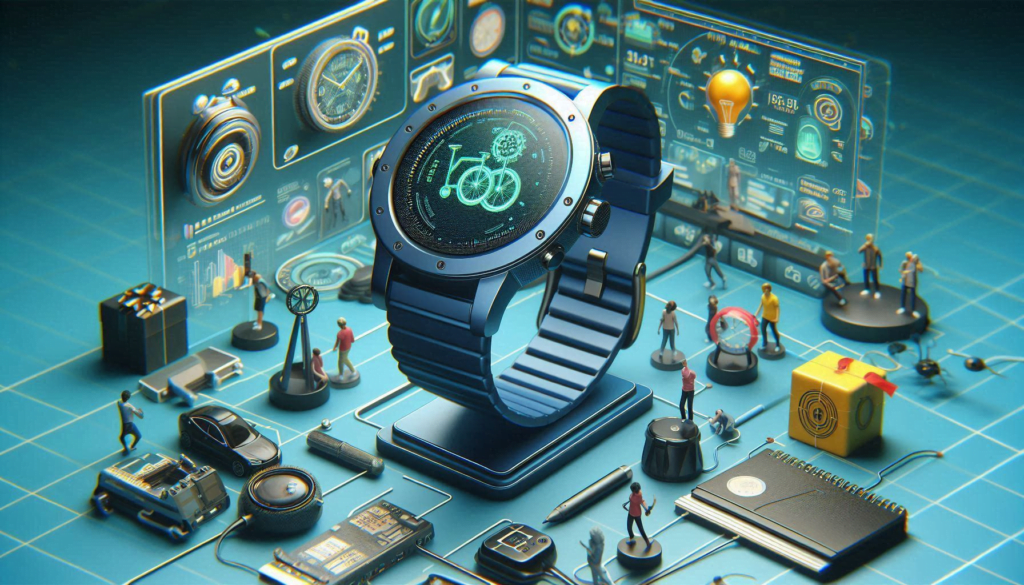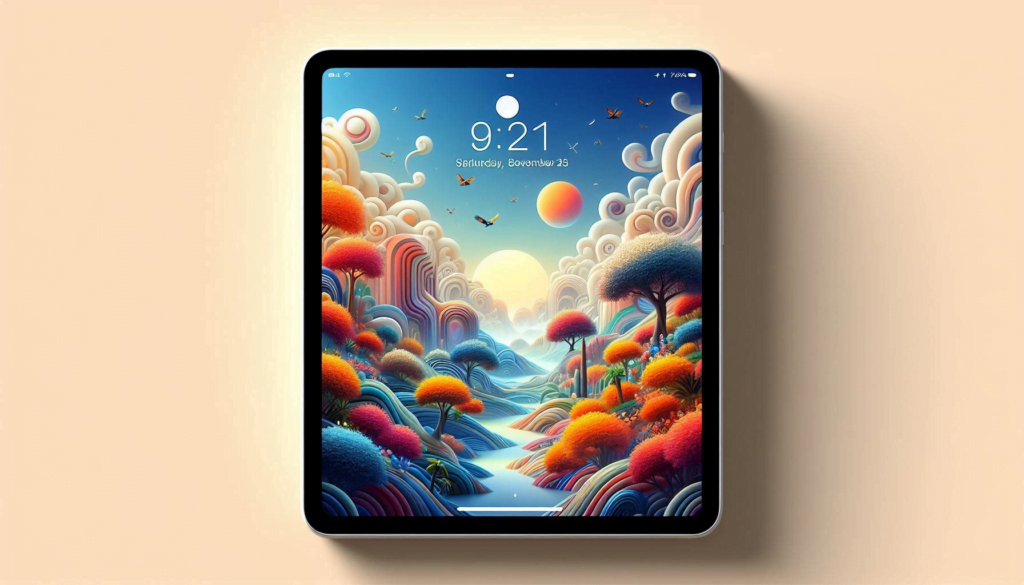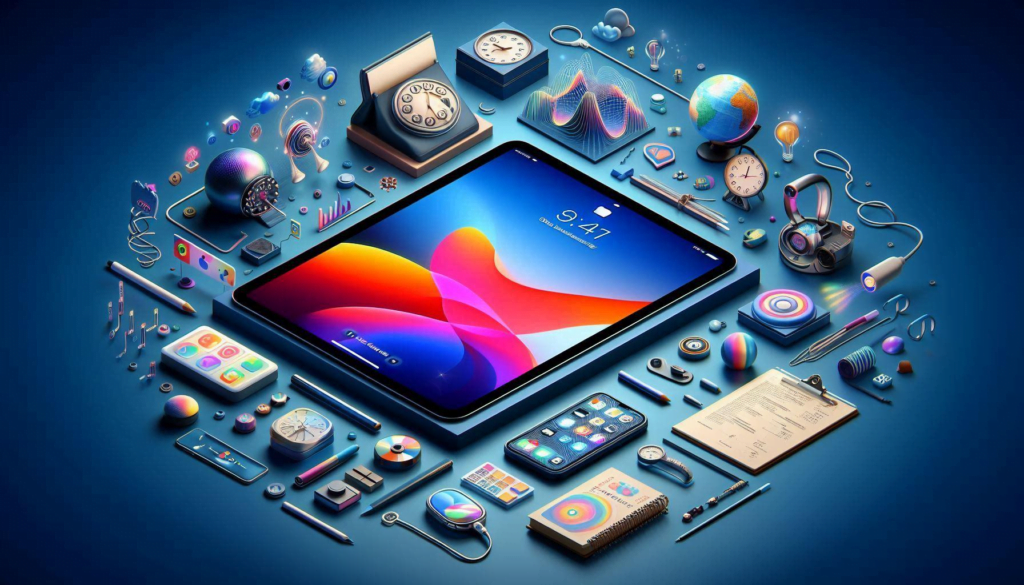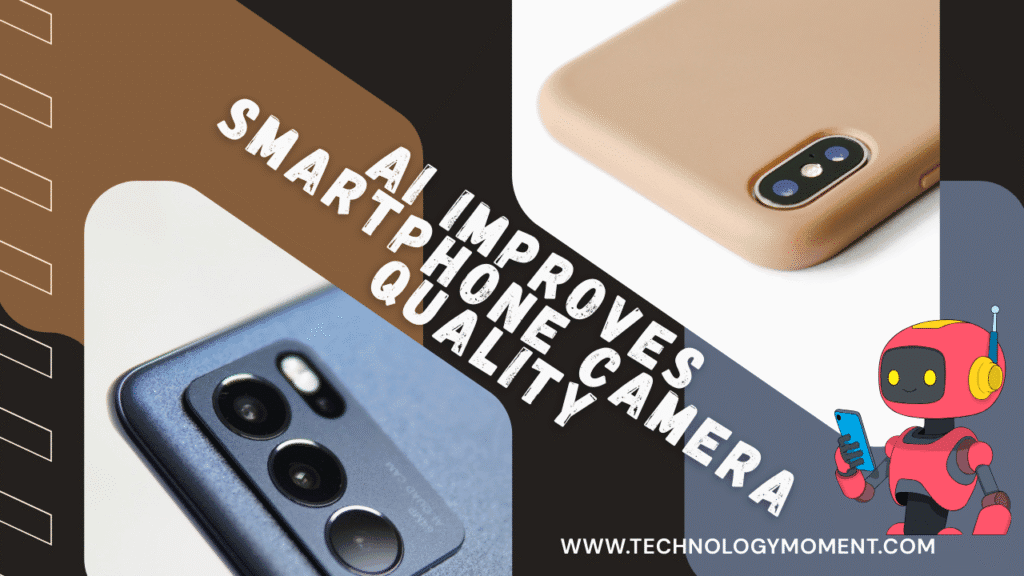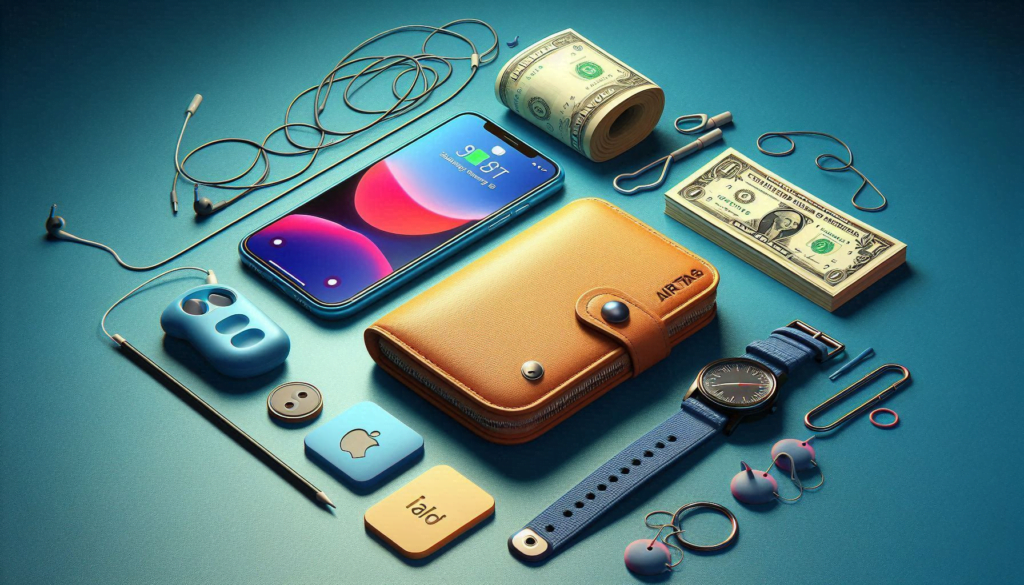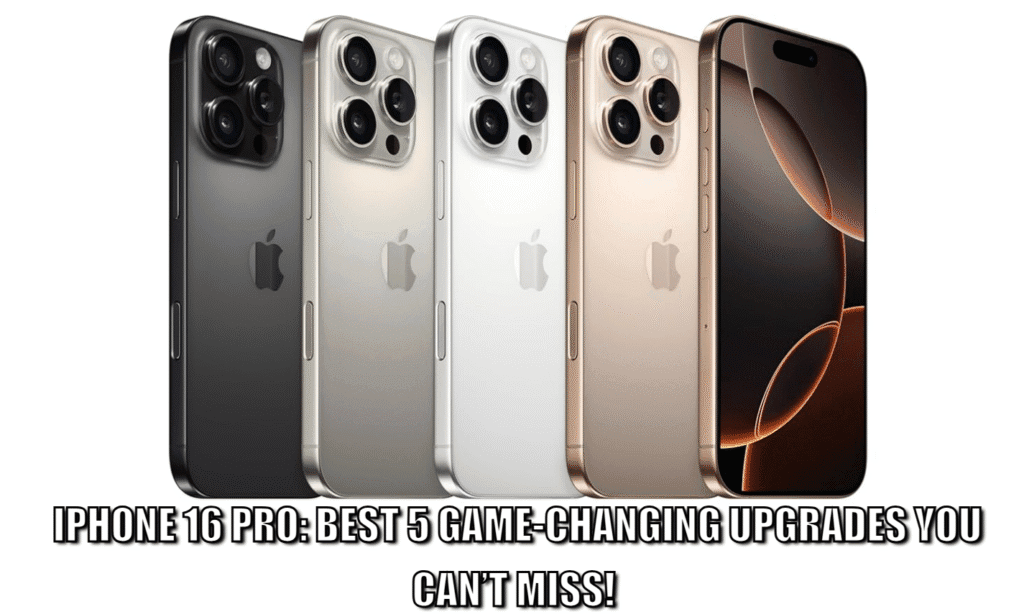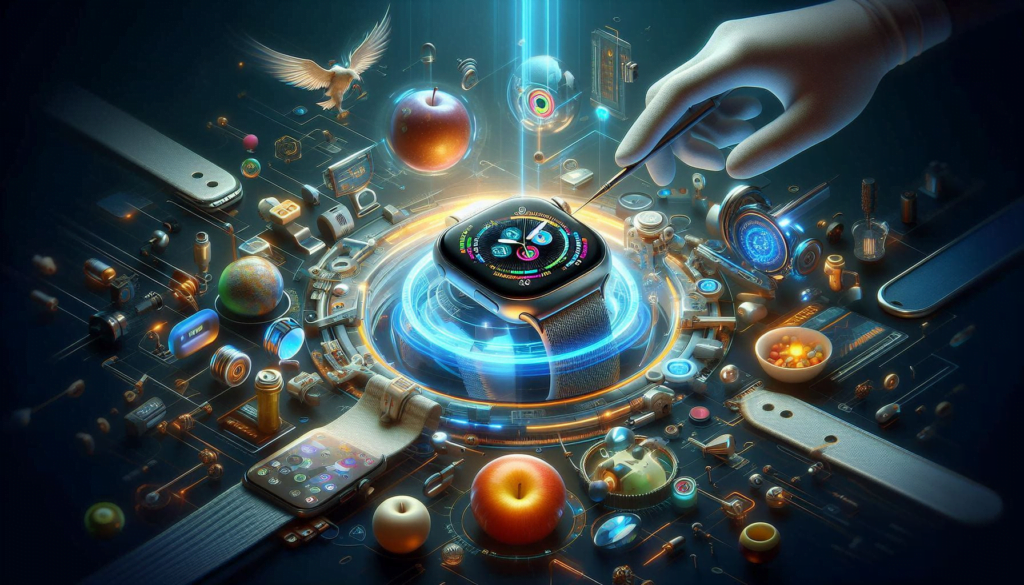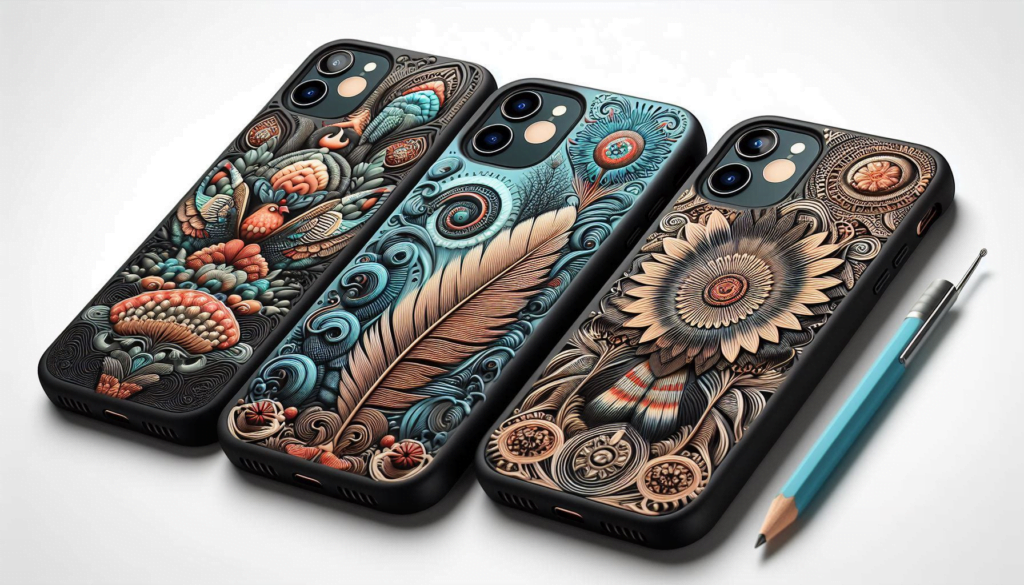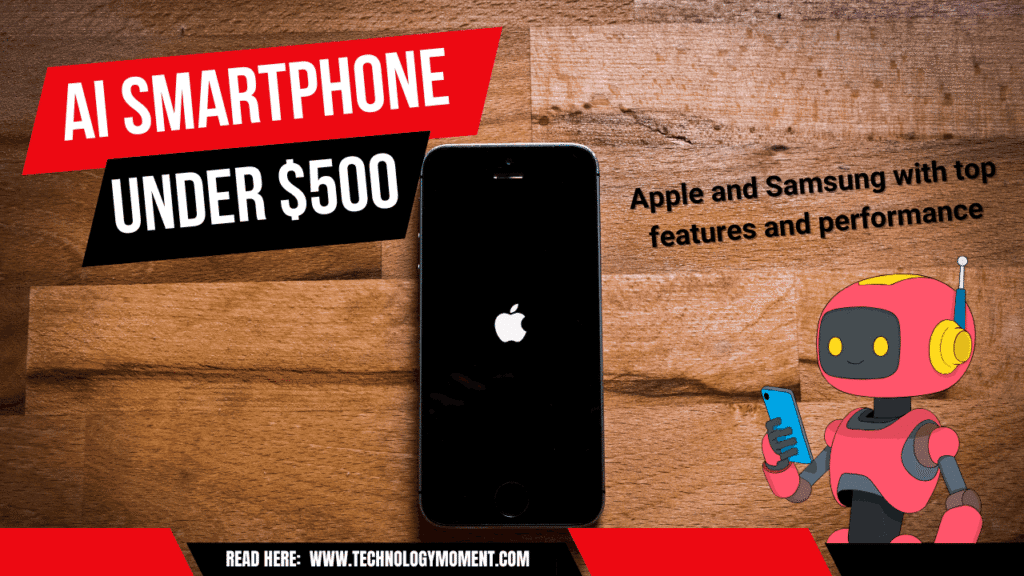
Welcome to Technology Moment, your go-to spot for smart, simple, and practical tech advice. We know the world of gadgets moves fast, and it’s easy to feel lost in all the flashy options. That’s why we’re here—to break it down in plain language and help you make the right choice without burning your wallet.
Today, we’re diving into a hot topic: the best AI smartphones under 500USD. You don’t need to spend a fortune to get powerful features anymore. Apple and Samsung, the two big names in the game, both offer solid budget-friendly models that use AI to make your life easier.
Think about it. From snapping better photos to saving battery life, AI is working quietly in the background every time you pick up your phone. And the best part? You can enjoy these smart features without paying flagship prices.
In this guide, we’ll look at how Apple and Samsung pack AI into their budget phones, compare their strengths, and help you decide which one fits your needs best. If you’ve ever wondered, “Can a phone under $500 really be smart enough for me?”—the answer is a big yes.
Let’s jump right in and see which affordable AI-powered smartphone deserves a place in your pocket.
Table of Contents
Best AI smartphones under 500USD
AI isn’t just a fancy buzzword anymore—it’s quietly running in the background every time you unlock your phone, click a photo, or ask your assistant a question. At its core, it’s about intelligence. Your device learns from how you use it and adjusts itself to make life smoother.
Take photos, for example. When you point your camera at a plate of food, your phone instantly knows how to boost colors and sharpen details. That’s AI. Or when your battery lasts longer because the system knows your daily habits—that’s AI too. Instead of waiting for you to manage every setting, the phone takes care of it for you.
It’s also about voice recognition. Siri, Bixby, or Google Assistant aren’t just voice search tools; they understand natural speech and respond in ways that feel human. AI keeps improving those interactions. So when you think “AI-powered smartphone,” think of a device that’s not just smart—it’s personal. It adapts to you.
Why $500 is the Sweet Spot for Smartphones
Now, let’s talk about the budget. Why is $500 often the magic number for smartphones? The truth is, you don’t need to spend a fortune to get a powerful, AI-driven device. The $500 price point is that sweet balance where you get modern performance without cutting too many corners.
At this range, companies like Apple and Samsung give you solid processors, strong cameras, and enough AI features to make your daily use smooth. You’re not paying for luxury extras like a foldable screen or a 10x zoom camera, but you’re also not stuck with an entry-level phone that struggles after a year.
Think of it like buying a good car. You don’t always need the luxury sports model. A reliable sedan gets you where you need to go comfortably, with some smart tech thrown in. That’s what the $500 phone market feels like—it’s reliable, powerful, and still future-ready.
Apple’s AI Game in Smartphones
Apple may not shout “AI” as loudly as some brands, but trust me, it’s everywhere in their devices. The real magic lies in the Neural Engine that sits inside their A-series chips. This little powerhouse processes trillions of operations per second, which makes your phone lightning fast in things like photo editing, Face ID unlocking, and even autocorrect predictions.
Siri is the obvious face of Apple’s AI. Sure, she’s not perfect, but she’s deeply woven into the iOS ecosystem. Ask Siri to set reminders, translate a phrase, or suggest shortcuts, and you’ll see how Apple makes AI useful without overwhelming you.
Then there’s the camera. Apple’s Smart HDR and Deep Fusion aren’t just software tricks. They’re AI models that study lighting and texture in real time to produce natural photos that look professional. You don’t need to fiddle with settings—the AI handles it in the blink of an eye.
Privacy also plays a huge role. Apple’s AI mostly works on-device instead of relying on the cloud. That means your personal data stays on your phone, making it more secure while still delivering smart features. It’s Apple’s way of saying: “We’ll make your phone smart without making you worry about who’s watching.”
Samsung’s AI Game in Smartphones
If Apple is about subtle AI, Samsung is about showing it off. Samsung puts AI front and center, especially in its Galaxy line. From the moment you turn on a Samsung phone, the experience feels designed to adapt to you.
Bixby is Samsung’s AI assistant. While it hasn’t reached Siri’s global popularity, it’s surprisingly powerful. It can control your apps, adjust phone settings, and even translate real-time conversations. Samsung builds it for multitaskers who like control at their fingertips.
Cameras are where Samsung really flexes its AI muscles. Their scene recognition can identify whether you’re snapping a sunset, a dog, or a plate of sushi, then fine-tune everything for a stunning photo. Low-light shots, known as “Nightography,” use AI to pull out details you can barely see with your eyes.
Samsung’s One UI also uses AI for everyday convenience. Adaptive power saving, app suggestions, and battery management feel like the phone is reading your mind. And let’s not forget Samsung Knox, the security system that uses AI to detect suspicious activity and keep your data safe.
In short, Samsung makes AI feel more visible. You’ll notice it in the way the camera shifts, the way the UI suggests things, and the way your battery lasts longer than expected. It’s bold, and for users who love a bit of tech flair, it works perfectly.
Best Apple Smartphones Under $500
Apple doesn’t usually market its iPhones as “budget phones,” but if you know where to look, you can find great deals under $500. What makes Apple stand out is its deep AI integration. The iPhones may look simple on the outside, but inside, Apple’s Neural Engine is quietly handling millions of calculations to make your experience smooth.
The iPhone SE (3rd Gen) is probably the most affordable way to experience Apple’s AI. It may have the older design with a home button, but under the hood, it runs on the same A15 Bionic chip found in the iPhone 13. That means you’re getting the same AI-driven features like smarter photo processing, real-time voice recognition, and intelligent battery use.
Another option is a refurbished iPhone 12. It’s sleek, modern, and still gets the latest iOS updates. With its dual-camera system, Smart HDR, and Deep Fusion, the AI boosts every photo you take. Even in tricky lighting, the phone knows how to balance colors and details. If you want something even cheaper, the iPhone 11 is still a reliable pick. It may not have 5G, but it offers Apple’s clean design, smooth performance, and excellent AI features that make the phone feel smarter than most new Androids in the same price range.
Best Samsung Smartphones Under $500
Samsung takes a slightly different path. While Apple focuses on simplicity, Samsung gives you more choices and more hardware. Under $500, Samsung packs AI into phones that look and feel premium without breaking the bank.
The Galaxy A54 5G is one of Samsung’s strongest mid-range options. It has a large Super AMOLED display, a long-lasting battery, and AI-powered software that learns your habits. From adjusting brightness to enhancing photos, the AI makes sure the phone feels custom-made for you.
If you can find deals, the Galaxy S21 FE is another smart buy. It’s technically a “Fan Edition,” but it brings flagship-level performance at a budget-friendly price. Samsung’s AI camera system shines here, giving you crisp shots with its scene optimizer. You also get Samsung Knox, which uses AI to keep your data safe.
For those who want something stylish but cheaper, the Galaxy A34 5G balances cost and features. It still includes Samsung’s AI-driven One UI software, smooth animations, and smart performance adjustments. The AI camera might not match the premium models, but for its price, it’s very impressive.
Performance Comparison: Apple vs Samsung
When you put Apple and Samsung side by side, the differences are clear. Apple’s AI relies heavily on its A-series chips, which are designed to work hand-in-hand with iOS. That’s why iPhones often feel smoother and faster, even with less RAM. The AI is constantly predicting what you’ll do next, loading apps quicker, and managing power in the background.
Samsung, on the other hand, focuses on giving you flexibility. Its AI adapts to the hardware and user habits. That means if you’re someone who streams, plays games, or edits photos, Samsung’s AI tries to boost those experiences. While Apple feels consistent, Samsung feels personal—like it’s adjusting to you over time.
In short, Apple wins in raw speed and polish, while Samsung wins in adaptability and customization.
Camera Capabilities with AI
This is where both brands really flex their muscles. Apple’s cameras are known for being simple but effective. You don’t need to fiddle with settings—the AI does it for you. Features like Smart HDR and Deep Fusion use machine learning to capture sharp, detailed shots with accurate colors. Even at night, the Night Mode kicks in automatically, making photos bright without looking fake.
Samsung, on the other hand, loves giving you tools. Its AI scene recognition can identify what you’re shooting—whether it’s food, landscapes, or pets—and then adjust settings for the best result. Samsung also pushes hard on night photography. Their “Nightography” feature is designed to capture bright, clear shots in the dark with minimal noise. The AI in Samsung’s phones often enhances colors, making them pop more compared to Apple’s natural tones.
So, if you want realistic and true-to-life photos, Apple is your friend. If you want vibrant, Instagram-ready shots straight out of the camera, Samsung takes the lead.
Battery Life & AI Optimization
Battery life is one of the biggest worries for smartphone users, and this is where AI becomes a quiet hero. Apple uses its AI to study how you use your phone daily. If you charge your iPhone every night at 10 p.m., the AI learns this pattern and adjusts charging speed to extend battery health. It also limits background activity when you don’t need it, helping the battery last longer throughout the day.
Samsung’s AI approach is more interactive. Its phones often come with adaptive battery features that learn which apps you use the most. The AI then gives those apps priority while limiting less-used ones. On top of that, Samsung’s large battery capacity in models like the Galaxy A54 means you’re often getting a full day of heavy use.
Apple focuses on long-term battery health, while Samsung focuses on giving you endurance for the present. Both are smart approaches, depending on what you care about more.
Software & Updates
One of the biggest deciding factors when buying a smartphone under $500 is how long it will stay updated. Software isn’t just about looks or extra features—it’s about keeping your device secure, smooth, and reliable for years.
Apple has a huge edge here. Even older iPhones, like the iPhone 11, still receive iOS updates. That means you get the same security patches and new features as someone holding the latest iPhone 15 Pro. If you’re planning to keep your phone for three, four, or even five years, this is a major win.
Samsung has also stepped up its game in recent years. With One UI built on Android, Samsung now promises up to four years of major Android updates and five years of security patches for many models. That’s a big deal because not long ago, budget Android phones stopped getting updates after just two years. Now, even a Galaxy A54 5G can be a long-term companion without feeling outdated too soon.
So, when it comes to software, both Apple and Samsung are finally treating budget-friendly buyers with the respect they deserve.
Security & Privacy with AI
Apple’s approach is straightforward—privacy first. With features like on-device Siri processing and Face ID, most of your personal data never leaves your phone. AI helps your iPhone recognize your face faster, unlock apps securely, and even spot suspicious activity. Apple rarely trades your privacy for convenience, and that gives peace of mind.
Samsung takes a slightly different route. With Samsung Knox, your Galaxy phone has a secure “vault” built in, protecting everything from passwords to payment details. AI adds another layer by boosting fingerprint and facial recognition speed, making unlocking your phone both secure and convenient. Plus, Samsung gives users more control over app permissions and background data access.
No matter which side you choose, both Apple and Samsung make AI your personal bodyguard in a pocket-sized device.
Who Should Choose Apple Under $500?
If you’re already part of the Apple ecosystem—owning a Mac, iPad, or AirPods—going with an iPhone under $500 is a no-brainer. Everything connects effortlessly. You’ll love the way calls, files, and even notes sync across your devices.
Apple also makes sense if you value long-term reliability. Even a three-year-old iPhone still feels fresh thanks to iOS updates. Plus, iPhones hold their resale value better than most Android phones. So, if you plan to upgrade in a few years, your old iPhone will still fetch a decent price.
And let’s not forget simplicity. Apple’s interface is clean, easy to use, and rarely glitches. If you want a smartphone that just works without fiddling with too many settings, an iPhone is perfect for you.
Who Should Choose Samsung Under $500?
Samsung shines for people who like flexibility and more choices. With a Galaxy phone under $500, you can pick a device with a bigger screen, higher megapixel cameras, or even a larger battery compared to an iPhone in the same range.
If you enjoy customizing your phone, Samsung is the way to go. You can tweak themes, widgets, and layouts to make your phone feel personal. And with expandable storage options on some models, you’ll never run out of space for photos, apps, and videos.
Samsung also packs in features like faster charging and higher refresh rate displays that Apple doesn’t always offer in its budget-friendly models. For gamers and heavy media users, that extra performance really makes a difference.
So, if you want more freedom, more hardware variety, and a bang-for-buck package, Samsung is your best bet under $500.
Conclusion
Buying a smartphone under $500 no longer means missing out on premium features. Apple and Samsung both offer AI-powered devices that feel smart, secure, and future-ready.
Go with Apple if you want long-lasting updates, smooth performance, and a simple user experience. Pick Samsung if you prefer variety, customization, and hardware-rich options without breaking the bank.
At the end of the day, the best choice is the one that fits your lifestyle. Both brands give you incredible value—and the power of AI makes these phones smarter every single day.
FAQs
Can I really get a good AI smartphone under $500?
Yes! Both Apple and Samsung now offer powerful AI smartphones under $500 that deliver premium features without the premium price.
Which is better for long-term use, Apple or Samsung?
Apple usually has longer software support, but Samsung has caught up with its update promises. Both are solid for long-term use.
Do budget AI smartphones have good cameras?
Absolutely. Apple’s Smart HDR and Samsung’s AI scene recognition deliver stunning photos, even on budget-friendly models.
Is Samsung more customizable than Apple?
Yes. Samsung lets you change themes, add widgets, and personalize your phone more than Apple does. iPhones are simpler but less flexible.
Which phone holds better resale value?
Apple generally holds its resale value better than Samsung. That means selling your iPhone in the future may give you more money back.


